Home>Interior Design>British Style: Porta Romana
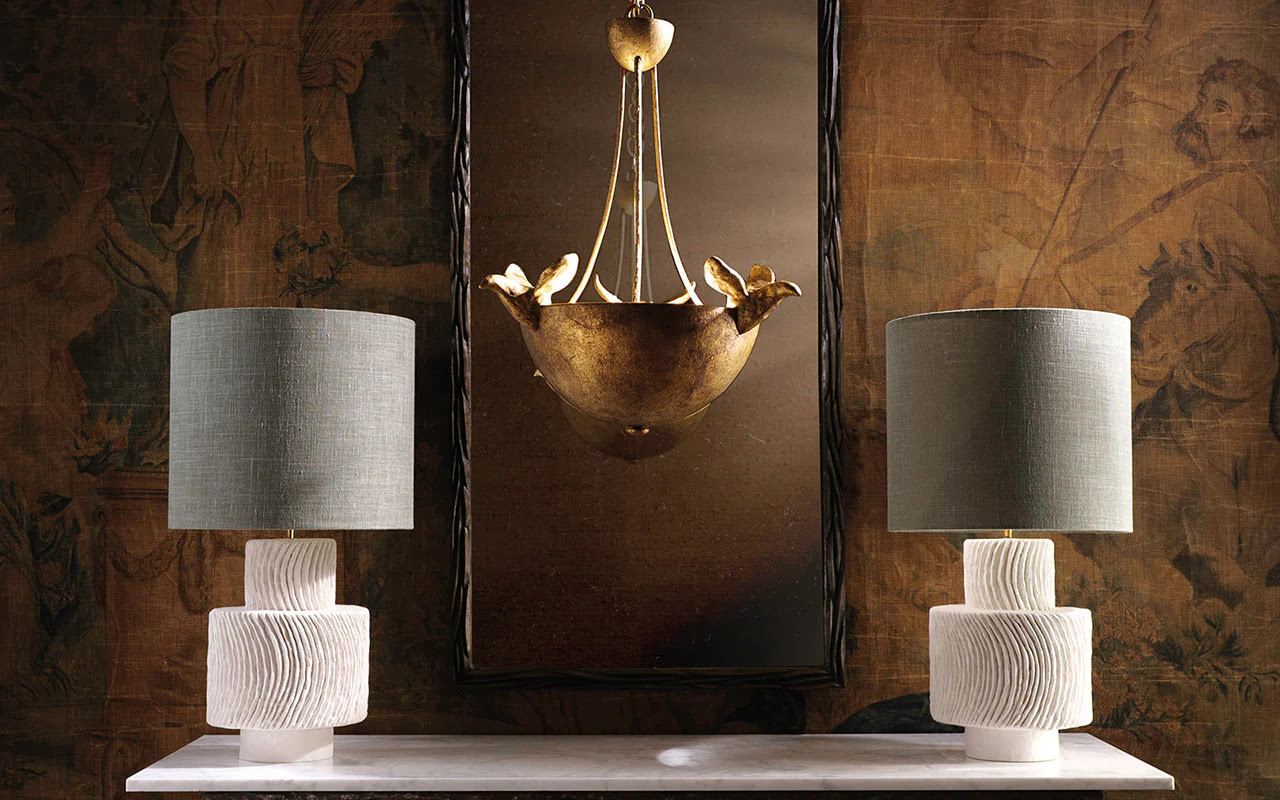

Interior Design
British Style: Porta Romana
Modified: August 28, 2024
Looking to upgrade your interior design? Discover exquisite British style with Porta Romana. Transform your space with our timeless pieces and unparalleled craftsmanship.
(Many of the links in this article redirect to a specific reviewed product. Your purchase of these products through affiliate links helps to generate commission for Storables.com, at no extra cost. Learn more)
Introduction
Welcome to the world of British interior design, where elegance meets functionality and rich history blends seamlessly with contemporary aesthetics. One style that has influenced British design for decades is the renowned Porta Romana. With its roots in ancient Roman architecture, Porta Romana has left an indelible mark on the interiors of British homes.
The name Porta Romana, meaning “Roman Gate” in Italian, refers to a specific architectural style characterized by its grandeur, symmetry, and classical elements. It originated in ancient Rome and has since been transformed and adapted by different cultures and eras, including the British.
Porta Romana represents an era of opulence and grandeur, evoking images of stately mansions, exquisite palaces, and regal ballrooms. By incorporating elements of this architectural style into interior design, one can bring a touch of timeless sophistication to any space.
In this article, we will explore the historical background of Porta Romana, delve into its architectural features, and discover how it has influenced British design. We will also explore the incorporation of Porta Romana-inspired furniture and lighting, and how it can be used to create stunning interior spaces. Finally, we will explore contemporary interpretations of Porta Romana style and its relevance in modern interior design.
So, let us embark on a journey through time and discover the world of British interior design infused with the elegance and allure of Porta Romana.
Key Takeaways:
- Porta Romana, with its grandeur and classical elements, has left an indelible mark on British interior design, inspiring awe-inspiring architecture, opulent furniture, and elegant lighting fixtures that exude timeless sophistication.
- Contemporary reinterpretations of Porta Romana style blend classic elegance with modern sensibilities, creating spaces that honor the timeless beauty of the past while embracing innovative materials, minimalist forms, and playful color palettes.
Read more: British Style: Lincrusta
Historical Background of Porta Romana
The roots of Porta Romana can be traced back to ancient Roman architecture, where it played a significant role in the design of monumental gateways. These gateways, known as portae or portaes, were not merely functional structures but also symbols of power, grandeur, and the entrance to a new world.
Porta Romana, also known as Roman Gate, was the main southern entrance to ancient Rome. It was one of the most important gates of the city, connecting the city center to regions beyond. Constructed during the Aurelian Walls in the third century AD, Porta Romana stood as a testament to the architectural prowess of the Romans.
Characterized by its imposing size, intricate details, and architectural elements, Porta Romana served as a stronghold and a majestic gateway into the heart of the city. The gate featured a central arch flanked by smaller arches on either side, supported by robust columns and adorned with decorative motifs.
While the original Porta Romana no longer exists, its influence can be seen in countless architectural styles, including the Georgian and Regency periods in British architecture. The British architects drew inspiration from the classical beauty and symmetry of Porta Romana, incorporating it into their designs to create a sense of elegance and grandeur.
During the Georgian period in the 18th century, British architects and designers started embracing the neoclassical style, characterized by the revival of classical elements from ancient Rome and Greece. Porta Romana, with its classical motifs and structural features, was a perfect fit for this architectural revival.
The Georgian architects, such as Robert Adam and John Soane, incorporated the principles of Porta Romana into their designs, creating breathtaking structures that showcased the influence of ancient Roman architecture. The use of columns, pediments, and decorative motifs reminiscent of Porta Romana can be seen in the grand townhouses and public buildings of the period.
As time progressed, the influence of Porta Romana expanded beyond architectural exteriors and began to infiltrate the world of interior design. From furniture and lighting to decorative accents, Porta Romana became a source of inspiration for designers wanting to infuse their spaces with an air of classical elegance.
Today, Porta Romana continues to captivate with its rich history and timeless charm. Its influence can be seen in the grand architecture of British cities and the beautifully designed interiors that pay homage to the classical designs of the past.
Architecture of Porta Romana
The Porta Romana architectural style is characterized by its grandeur, symmetry, and classical elements inspired by ancient Roman design. Let’s explore the key architectural features that define the Porta Romana style:
- Grand Entrance: Porta Romana is known for its impressive and imposing entranceways. Typically, a central large arch, also known as the triumphal arch, forms the focal point, while smaller arches may flank it on either side. The grand entrance creates a sense of drama and allure, drawing the eye and beckoning visitors inside.
- Columns and Pilasters: A prominent feature of Porta Romana architecture is the use of columns and pilasters. These vertical elements provide structural support and add a touch of elegance to the design. The columns are often fluted and topped with intricately carved capitals inspired by ancient Roman orders like Ionic, Doric, and Corinthian.
- Decorative Motifs: Porta Romana style is known for its rich decorative motifs, including intricate geometric patterns, floral designs, and scrollwork. These motifs are often found on friezes, cornices, and pediments, adding visual interest and ornamental beauty to the architecture.
- Symmetry: Balance and symmetry are key principles of Porta Romana architecture. The design is carefully crafted to ensure that each side mirrors the other, creating a harmonious and visually pleasing composition. This symmetrical arrangement can be observed in the placement of arches, columns, and decorative elements.
- Masonry and Stonework: Porta Romana architecture often incorporates high-quality masonry and stonework. The use of durable materials like marble and limestone adds to the grandeur and longevity of the structures. Intricate carvings and detailing on the stonework showcase the craftsmanship and attention to detail that went into creating these architectural marvels.
The architectural style of Porta Romana draws inspiration from the grandeur of ancient Rome, conveying a sense of power, strength, and timeless beauty. By incorporating these elements into interior design, one can recreate the elegance and allure of this iconic architectural style.
Porta Romana in British Architecture
The influence of Porta Romana on British architecture can be seen in numerous structures and buildings across the country. British architects, particularly during the Georgian and Regency periods, drew inspiration from the classical beauty and symmetry of Porta Romana to create breathtaking architectural masterpieces.
During the Georgian era in the 18th century, there was a revival of neoclassical architecture in Britain. Architects like Robert Adam and John Soane incorporated the principles and elements of Porta Romana into their designs, bringing a touch of classical elegance to the facades and interiors of their buildings.
One notable example of Porta Romana influence in British architecture is the iconic Somerset House in London. Designed by Sir William Chambers in the late 18th century, the building showcases a grand entrance with a central triumphal arch flanked by smaller arches and imposing columns. This design pays homage to the architectural style of Porta Romana and highlights the influence it had on British design.
Another notable example is the Royal Crescent in Bath. Designed by John Wood the Younger in the late 18th century, this residential complex features an elegant sweeping arc of townhouses. With its symmetrical facade, grand entranceway, and classical motifs, the Royal Crescent exemplifies the influence of Porta Romana in British architecture.
Porta Romana style also found its way into the interior spaces of British homes during this period. The use of columns, pediments, and decorative motifs inspired by Porta Romana added a sense of grandeur and sophistication to the interior design. Elaborate plasterwork, ornate fireplaces, and exquisite detailing became common features in the architecture of the time.
Even today, the influence of Porta Romana can be seen in newer buildings that pay homage to the classical designs of the past. Architects and designers continue to draw inspiration from the principles of Porta Romana, incorporating elements such as symmetrical compositions, columns, and decorative motifs into their designs.
Porta Romana’s impact on British architecture is a testament to the longevity and timeless appeal of this architectural style. It continues to captivate and inspire architects, designers, and homeowners alike, allowing them to create spaces that exude elegance, sophistication, and a sense of grandeur.
Influences of Porta Romana in British Style
The influences of Porta Romana in British style extend beyond architecture. This iconic architectural style has left a lasting impact on various aspects of British design, ranging from furniture and lighting to decorative accents and overall interior aesthetics.
One of the key influences of Porta Romana in British style is the emphasis on classical elegance. The use of classical motifs, such as rosettes, acanthus leaves, and Greek key patterns, can be seen in furniture pieces and decorative accents. These elements add a sense of timeless beauty and sophistication to British interiors.
Porta Romana’s influence is particularly evident in the Georgian and Regency furniture styles. British furniture designers of the time, such as Thomas Sheraton and George Hepplewhite, embraced the neoclassical aesthetic and incorporated the principles of Porta Romana into their furniture designs. The inclusion of tapered legs, intricate inlay work, and symmetrical forms in their creations showcased the influence of Porta Romana on British furniture design.
Lighting fixtures also bear the influence of Porta Romana in British style. Chandeliers, wall sconces, and table lamps inspired by the classical elements of Porta Romana can be found in many British homes and interior design projects. These lighting fixtures often feature delicate scrollwork, fluted details, and metal finishes that emulate the grandeur and elegance of ancient Roman design.
Porta Romana’s influence can also be seen in the use of color palettes in British interiors. Soft neutral tones, warm creams, and earthy hues are commonly employed to create a sense of timeless sophistication. These color schemes provide a harmonious backdrop that allows the classical elements and intricate detailing to shine.
The incorporation of Porta Romana influences in British style extends to decorative accents as well. From intricate plasterwork on ceilings and walls to ornate cornices and friezes, the attention to detail and the use of classical motifs help create a sense of grandeur and elegance within British interiors.
Overall, the influences of Porta Romana in British style can be seen in the appreciation for classical elegance, the use of symmetrical compositions, the incorporation of classical motifs, and the attention to detail in furniture, lighting, and decorative accents. The timeless allure and sophisticated aesthetic of Porta Romana continue to shape and inspire British design, creating beautiful spaces that exude a sense of grandeur and history.
When decorating in British style, consider incorporating Porta Romana lighting for a touch of elegance and sophistication. Their unique designs and high-quality craftsmanship can add a luxurious feel to any room.
Read more: British Style: De Gournay
Porta Romana Inspired Furniture and Lighting
The allure of Porta Romana extends beyond architecture and has inspired a range of furniture and lighting designs. Porta Romana-inspired pieces capture the essence of classical elegance and bring a touch of timeless sophistication to interior spaces.
Porta Romana-inspired furniture often features clean lines, symmetrical forms, and exquisite details. The use of high-quality materials, such as solid wood, polished metals, and luxurious upholstery, adds to the luxurious and refined appearance of these pieces.
One key characteristic of Porta Romana-inspired furniture is the incorporation of classical motifs and decorative elements. Intricate carvings, fluted details, and ornate inlays reminiscent of ancient Roman architecture can be found on tables, chairs, cabinets, and other furniture pieces. These embellishments add a sense of grandeur and refinement to the designs, elevating them to works of art.
Another hallmark of Porta Romana-inspired furniture is the use of rich colors and luxurious textures. Deep, warm tones like mahogany, walnut, and ebony are often employed to showcase the natural beauty of the wood. Upholstery fabrics in sumptuous materials like velvet or silk add a sense of opulence and sophistication.
Lighting plays a crucial role in creating ambiance and highlighting the architectural details in a space. Porta Romana-inspired lighting fixtures aim to capture the grandeur and elegance of the classical era. Chandeliers and pendant lights featuring delicate metalwork, crystal embellishments, and intricate scroll designs evoke a sense of luxury and drama.
Wall sconces with sculptural elements and elegant finishes can add a touch of refinement to any room. Table lamps with bases inspired by classical columns or urns provide a subtle nod to the architectural influences of Porta Romana. The use of soft, warm lighting helps create a welcoming and inviting atmosphere while showcasing the beauty and craftsmanship of these pieces.
Overall, Porta Romana-inspired furniture and lighting bring together a blend of classic and contemporary elements, creating designs that are at once timeless and relevant. Whether incorporated into traditional or modern interiors, these pieces add an element of sophistication and luxury, elevating the overall aesthetic and creating a truly remarkable space.
Porta Romana in Interior Design
The influence of Porta Romana extends beyond architecture and furniture and has made its way into the realm of interior design. Incorporating Porta Romana elements into interior spaces can create a sense of timeless elegance and classical beauty.
One of the primary ways Porta Romana is integrated into interior design is through the use of architectural elements. Archways, columns, and pilasters inspired by Porta Romana can be incorporated into the structure of a space, creating a grand and sophisticated ambiance. These architectural features help define different areas within a room, adding a sense of depth and interest.
Another way Porta Romana influences interior design is through the use of materials and finishes. Luxurious materials like marble, stone, and polished metals can be used to add a touch of opulence and grandeur. These materials reflect light, creating a sense of luminosity and highlighting the architectural details within the space.
The color palette used in Porta Romana-inspired interior design often includes warm neutral tones that create a sense of harmony and sophistication. Creams, beiges, and soft earthy hues provide a versatile backdrop that allows the classical elements to be the focal point. These colors can be complemented with accents of rich jewel tones or metallic finishes to add depth and interest to the space.
Porta Romana also influences decorative accents in interior design. Furniture with classical motifs, such as fluted legs, scrollwork, and intricate carvings, can be used to add a sense of grandeur and refinement. Soft furnishings like drapes and cushions featuring classical patterns and luxurious fabrics can enhance the overall aesthetic and create a cozy and inviting atmosphere.
Lighting plays a crucial role in Porta Romana-inspired interior design. Chandeliers, wall sconces, and table lamps with classical designs and finishes can illuminate the space while adding a touch of elegance and sophistication. The use of warm, soft lighting creates a warm and intimate atmosphere that enhances the beauty of the architectural elements and decorative accents.
When incorporating Porta Romana into interior design, it is important to strike a balance between classical elegance and contemporary aesthetics. By combining the timeless beauty of Porta Romana with modern elements, you can create a space that is both sophisticated and relevant.
Porta Romana in interior design allows for the creation of spaces that exude luxury, refinement, and a sense of history. Whether used in residential or commercial design, the integration of Porta Romana elements adds a touch of timeless elegance, creating truly remarkable interior spaces.
Contemporary Interpretations of Porta Romana Style
While Porta Romana style originated in ancient Rome, its influence continues to be seen in contemporary interior design. Designers and homeowners alike have found ways to reinterpret Porta Romana style to create modern spaces that pay homage to the classical elegance of the past.
One way Porta Romana style is reimagined in contemporary design is through the use of minimalist and streamlined forms. Clean lines and simplified shapes allow the architectural elements inspired by Porta Romana to take center stage without overwhelming the space. This minimalist approach creates a sense of contemporary sophistication while maintaining the essence of Porta Romana’s timeless beauty.
Contemporary reinterpretations of Porta Romana style also explore innovative materials and finishes. While traditional Porta Romana relied on marble, stone, and polished metals, contemporary designs may incorporate materials like glass, acrylics, or concrete to create a modern twist. These materials offer durability, versatility, and a fresh perspective on the classical aesthetics.
Color is another aspect where contemporary interpretations of Porta Romana style can be seen. While traditional Porta Romana often featured warm neutral tones, contemporary designs may experiment with bold and vibrant colors. These colors can be used as accents or focal points, adding a touch of contemporary playfulness to the overall aesthetic.
Contemporary reinterpretations also consider the function and practicality of spaces. Porta Romana-inspired designs are adapted to accommodate modern lifestyles and needs. For example, storage solutions and technological integration are seamlessly incorporated into furniture and built-in elements, ensuring a balance between form and functionality.
Lighting in contemporary interpretations of Porta Romana style combines the classic and the contemporary. Unique and eye-catching light fixtures featuring sleek designs and modern finishes can create a striking visual impact. LED lighting technology allows for energy-efficient and versatile lighting solutions that enhance the overall atmosphere of the space.
Contemporary interpretations of Porta Romana style are not limited to residential interiors. The influence can also be seen in commercial spaces, such as hotels, restaurants, and offices. The incorporation of Porta Romana-inspired elements in these spaces creates a sense of sophistication and elegance, leaving a lasting impression on visitors.
Overall, contemporary interpretations of Porta Romana style blend the classic with the contemporary, creating spaces that honor the timeless beauty of the past while embracing modern sensibilities. These designs offer a fresh take on Porta Romana aesthetics, allowing them to remain relevant and captivating in today’s ever-evolving interior design landscape.
Conclusion
The influence of Porta Romana in interior design is undeniable. From its architectural roots in ancient Rome to its reinterpretation in British design, Porta Romana continues to captivate and inspire designers and homeowners alike.
The grandeur, symmetry, and classical elements of Porta Romana have found their way into British architecture, creating awe-inspiring structures that showcase the timeless elegance of the style. The incorporation of Porta Romana elements, such as archways, columns, and decorative motifs, brings a sense of grandeur and sophistication to interior spaces.
Porta Romana influences extend beyond architecture and have made their mark on furniture and lighting design as well. Porta Romana-inspired furniture combines classical motifs, luxurious materials, and intricate details to infuse spaces with a sense of refinement and opulence. Lighting fixtures inspired by Porta Romana evoke a sense of drama and elegance, illuminating spaces while adding a touch of classical beauty.
Contemporary interpretations of Porta Romana styles have reimagined and adapted the classical aesthetic to suit modern design sensibilities. Minimalist forms, innovative materials, and playful color palettes bring a contemporary twist to Porta Romana-inspired spaces while still honoring their timeless beauty.
Whether it’s in residential interiors or commercial spaces, the influence of Porta Romana creates a sense of luxury, sophistication, and history. Its architectural elements, colors, materials, and lighting contribute to the creation of remarkable spaces that exude elegance and a sense of grandeur.
In conclusion, Porta Romana is more than just an architectural style – it is a source of inspiration, a gateway to classical beauty, and a testament to the enduring appeal of timeless design. Embracing Porta Romana in interior design allows us to connect with the rich history and architectural mastery of the past while infusing spaces with beauty, functionality, and a touch of grandeur.
So, whether you’re seeking to add a touch of elegance to your home or create a captivating commercial space, let the influence of Porta Romana guide and inspire your interior design journey.
Frequently Asked Questions about British Style: Porta Romana
Was this page helpful?
At Storables.com, we guarantee accurate and reliable information. Our content, validated by Expert Board Contributors, is crafted following stringent Editorial Policies. We're committed to providing you with well-researched, expert-backed insights for all your informational needs.
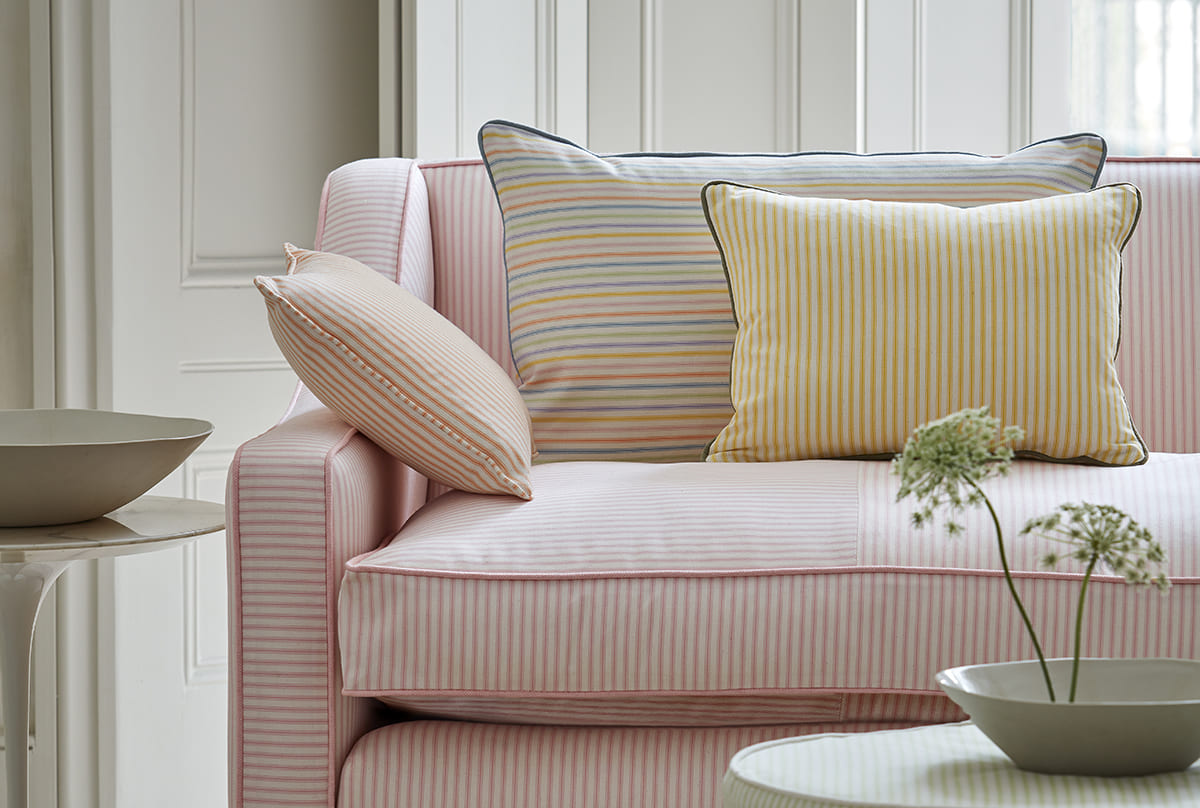
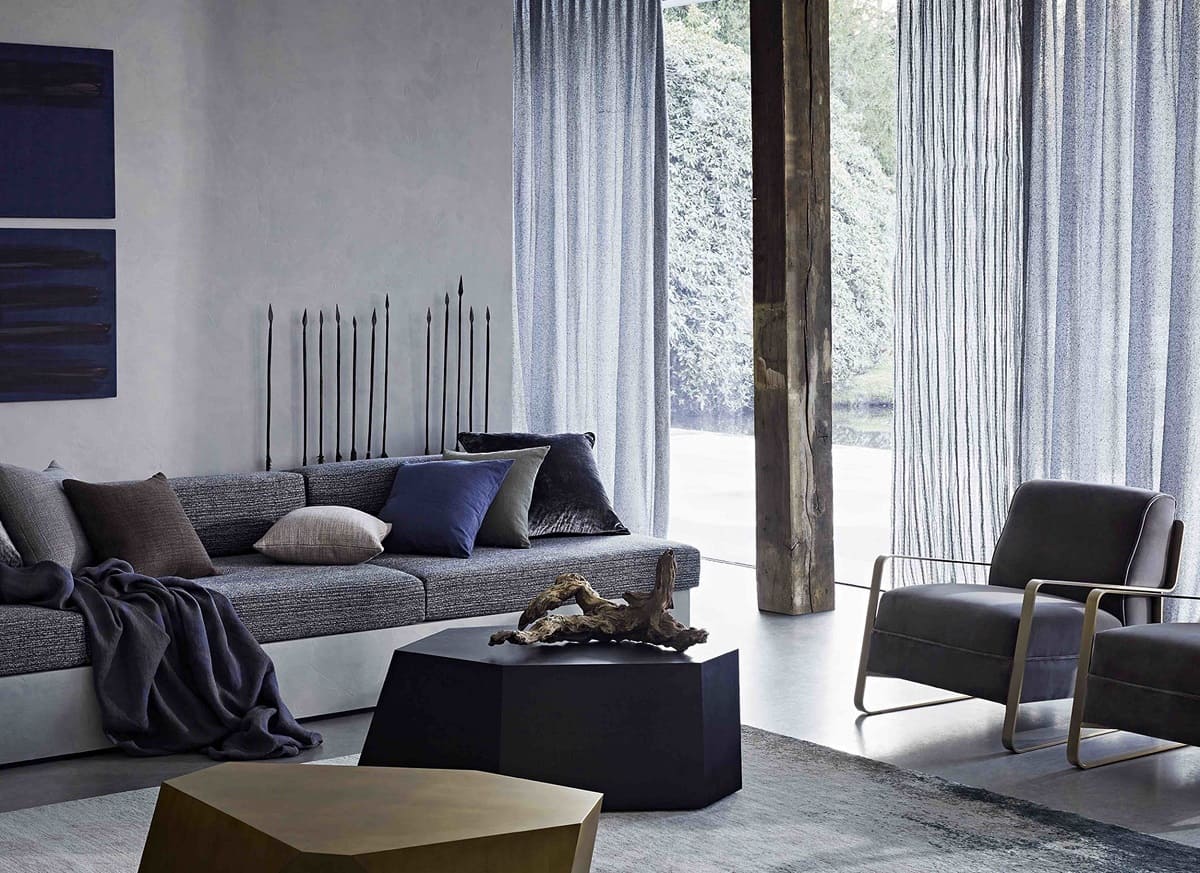
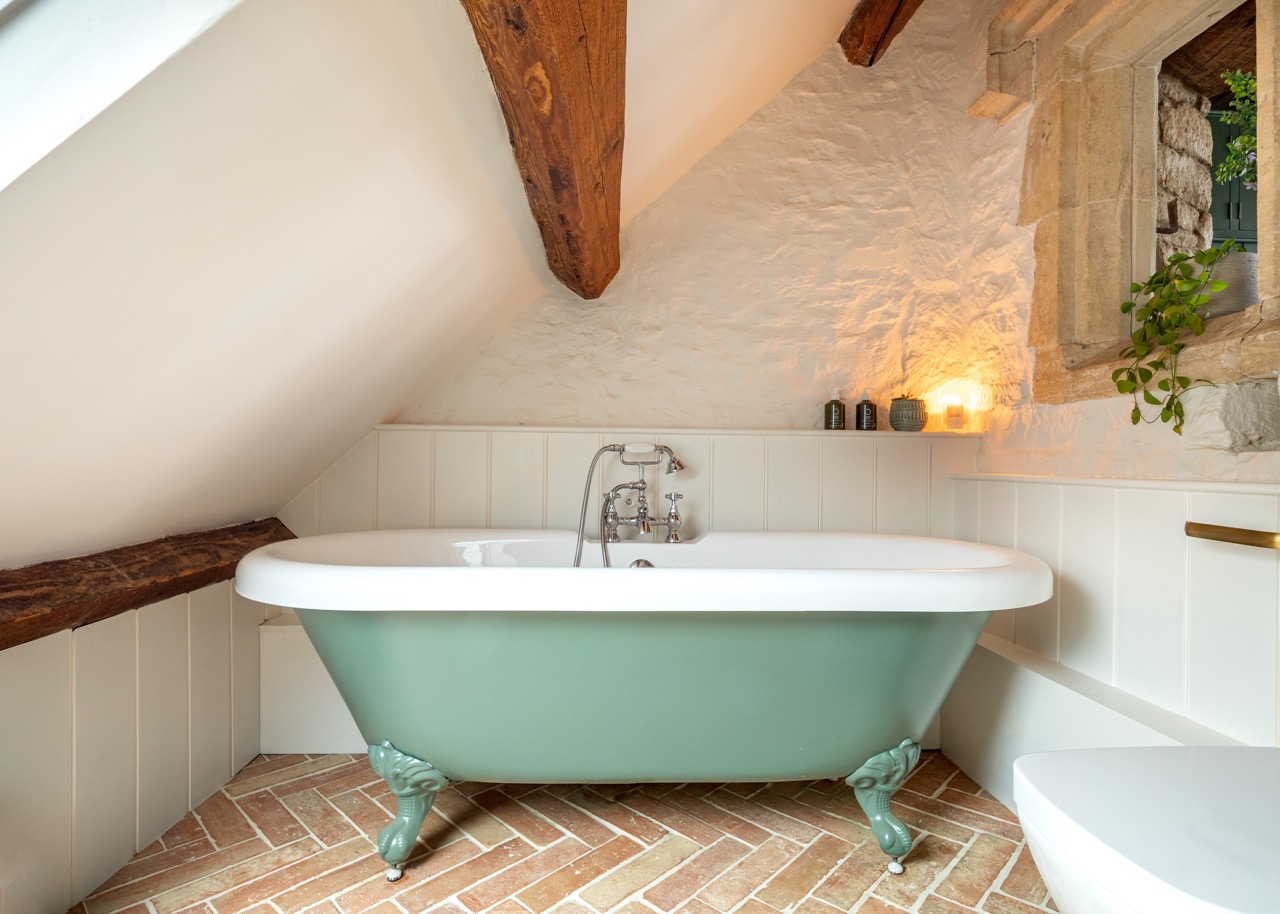

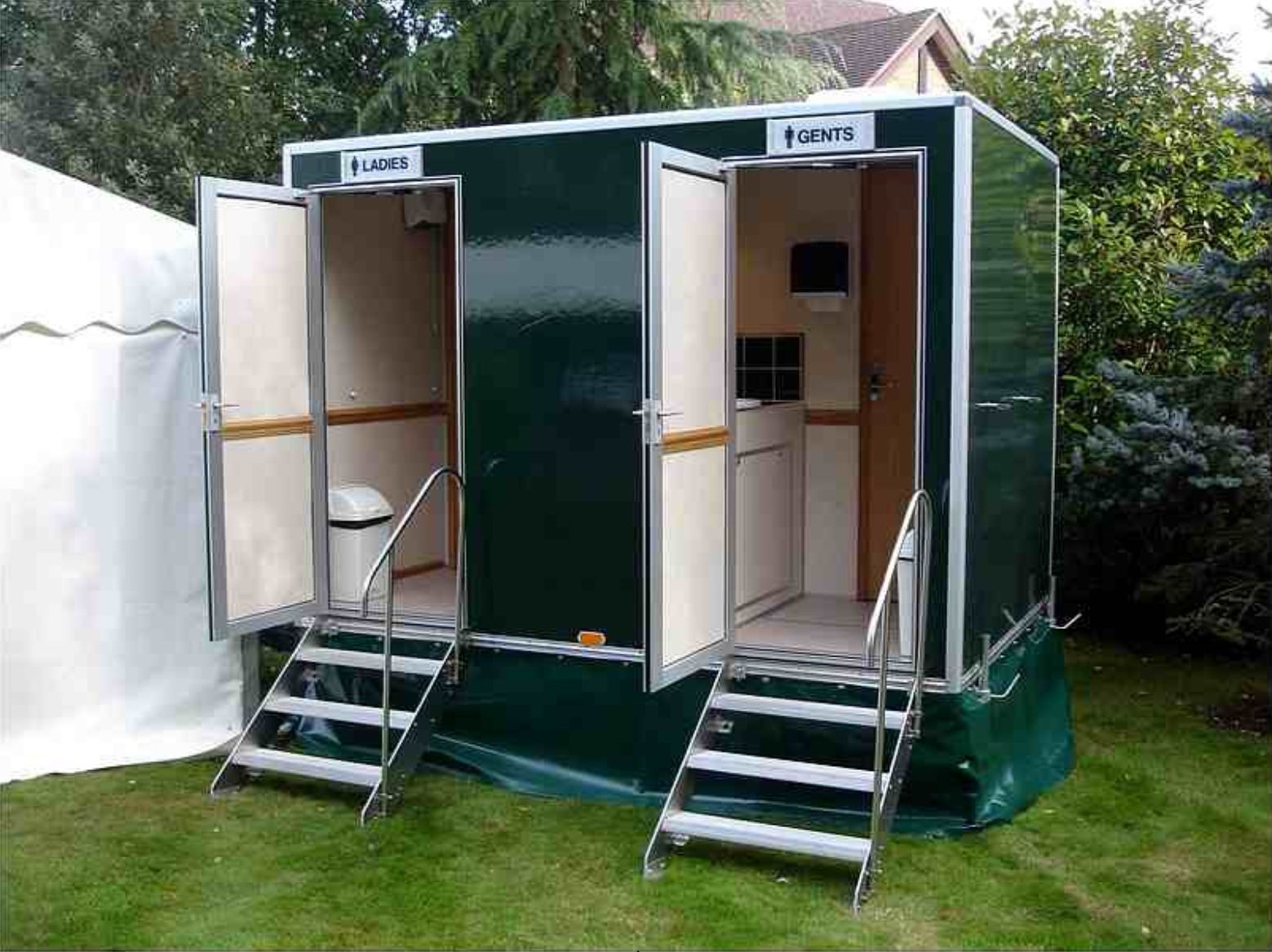
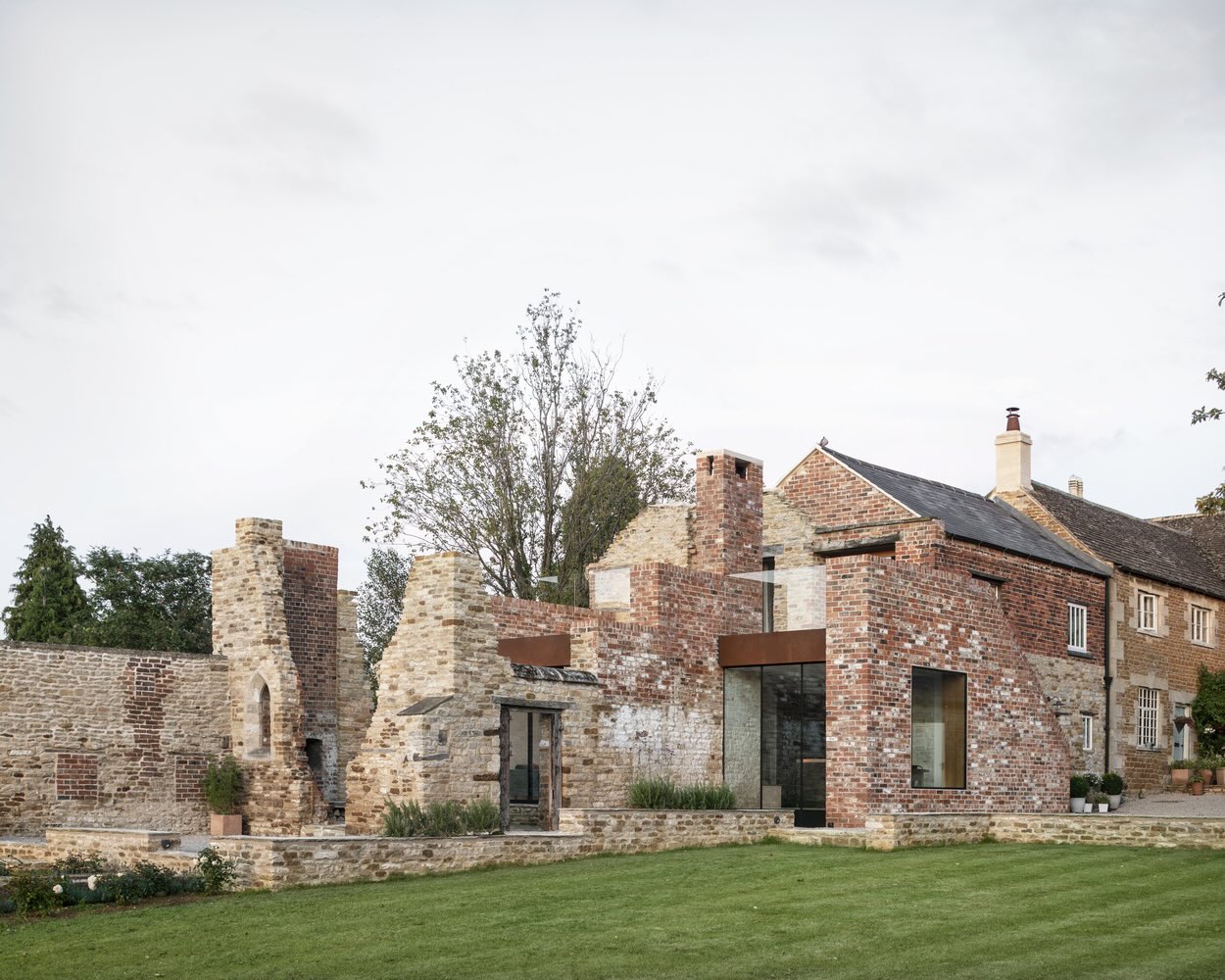
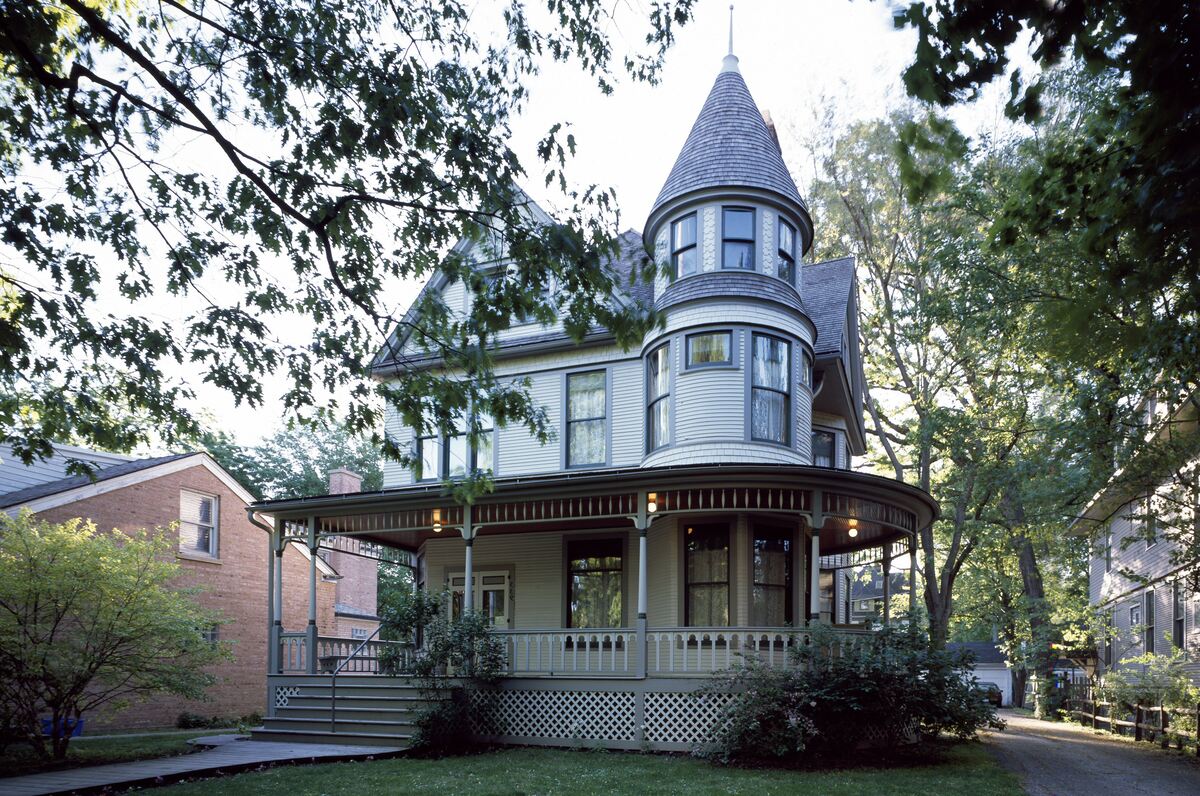
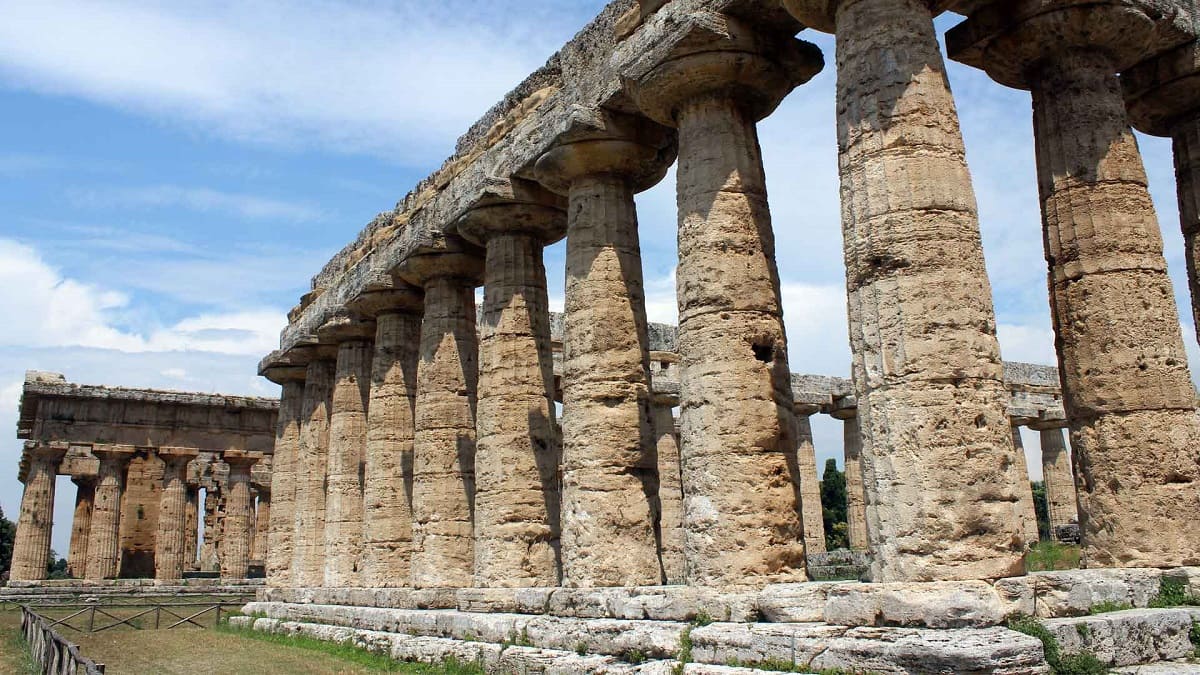
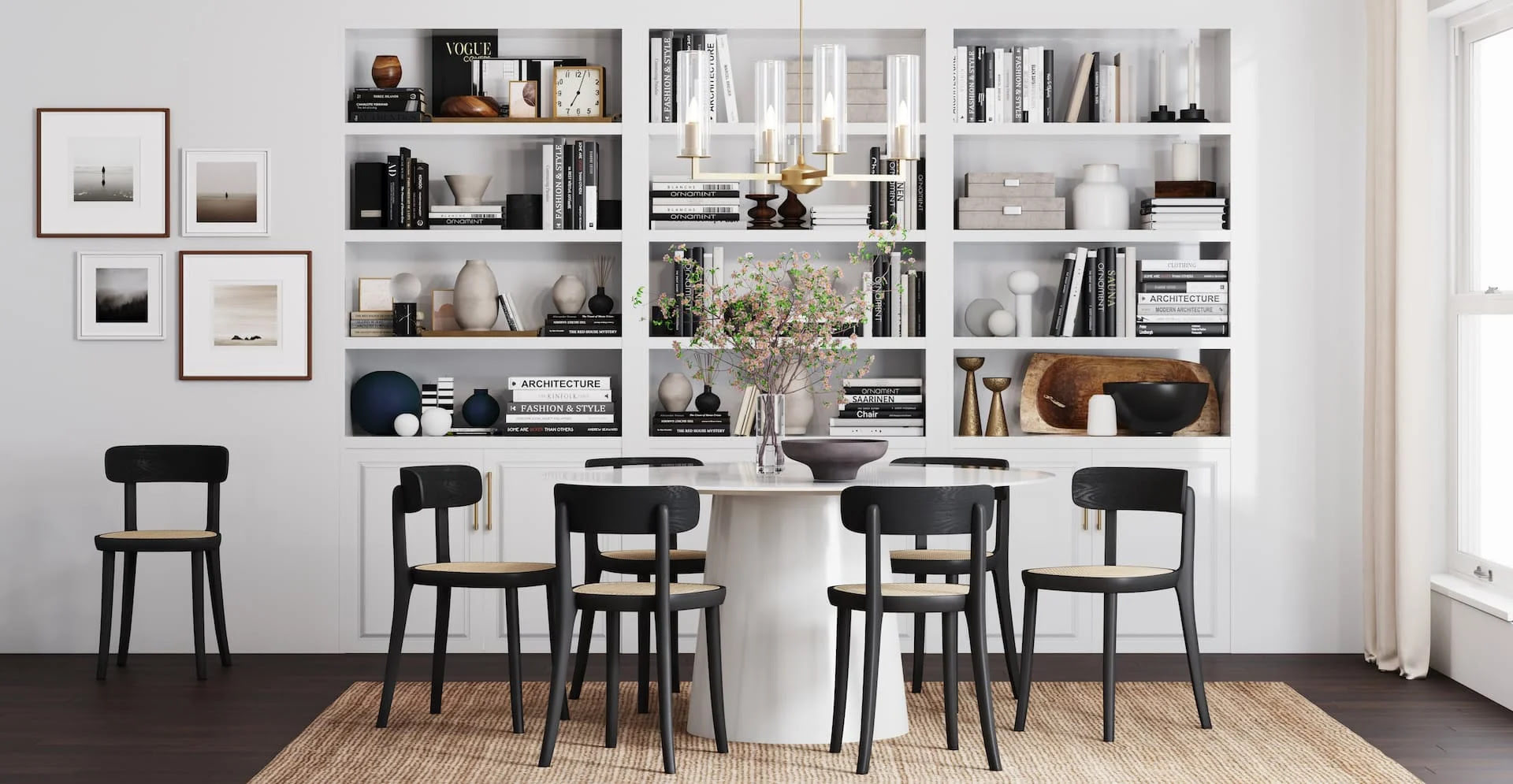
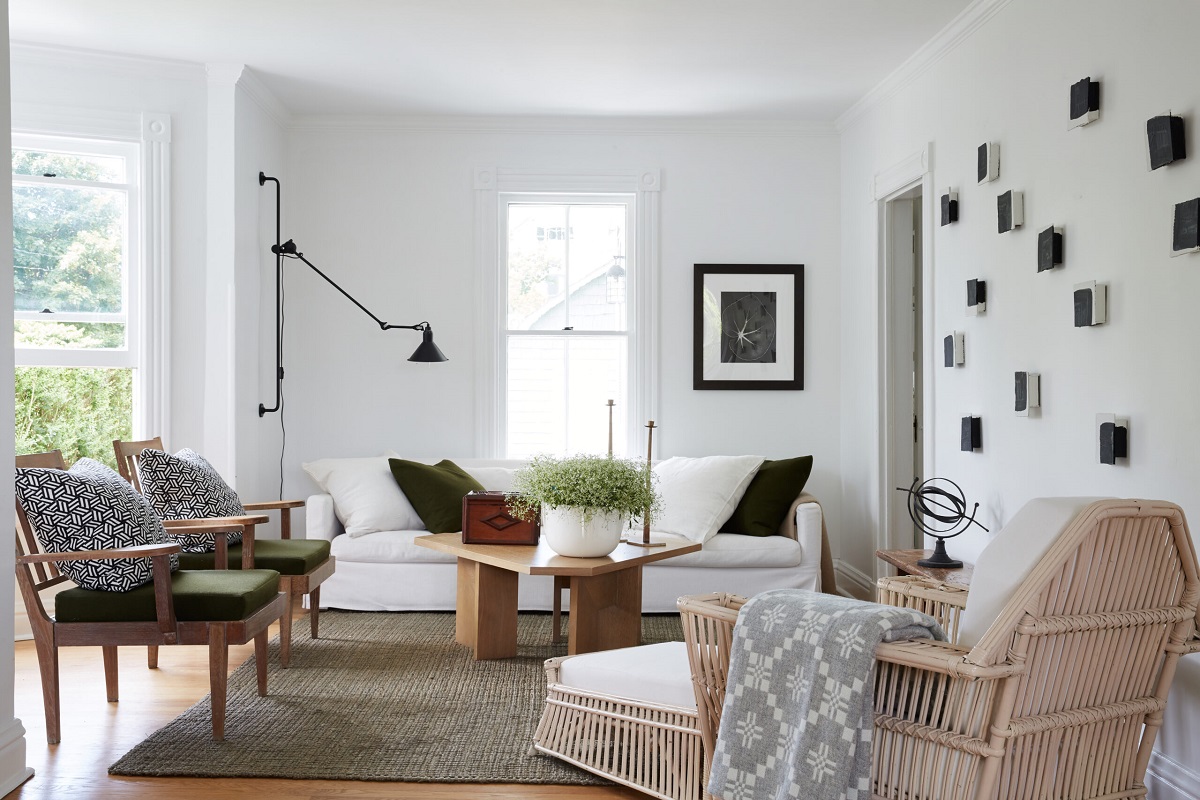
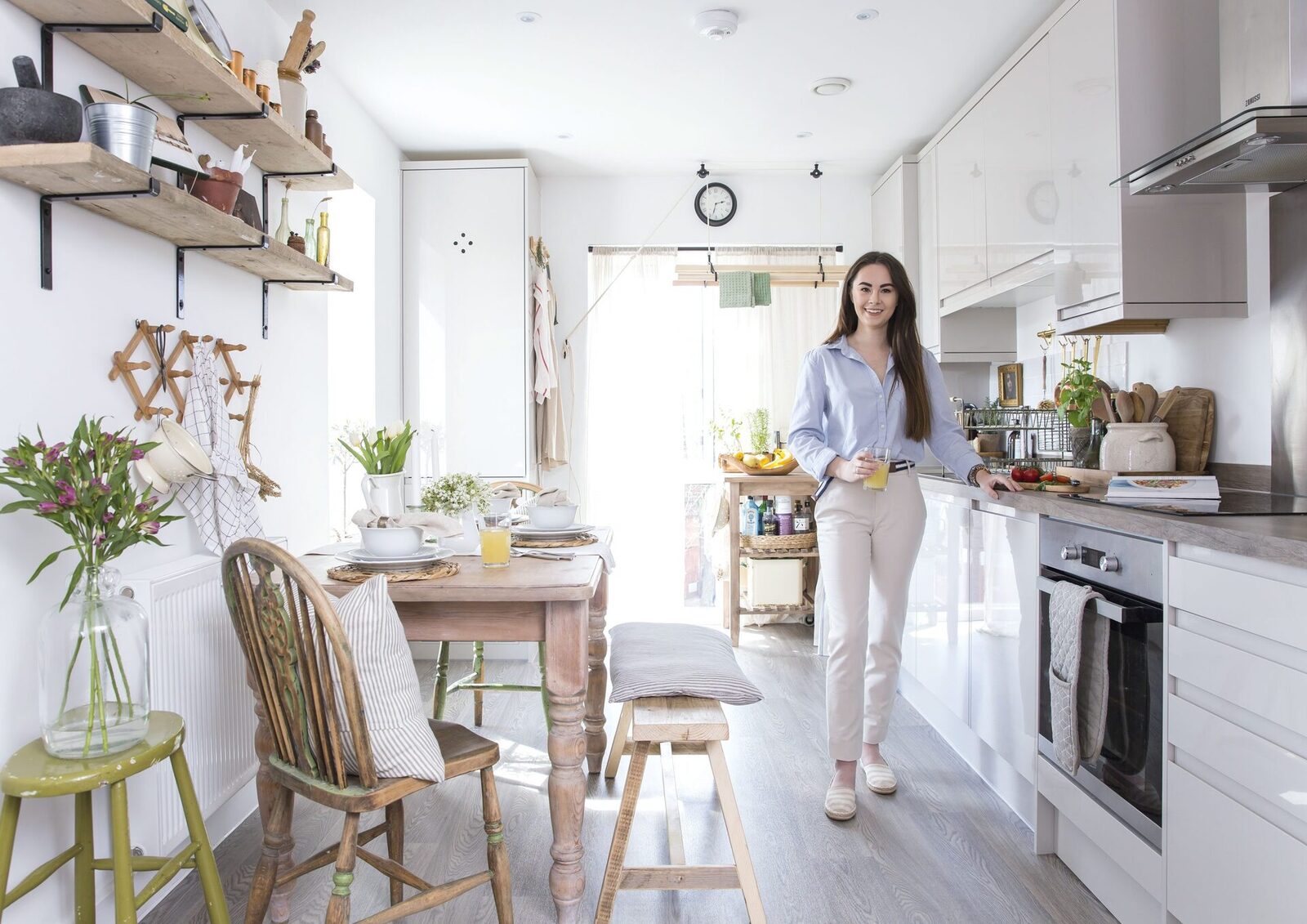
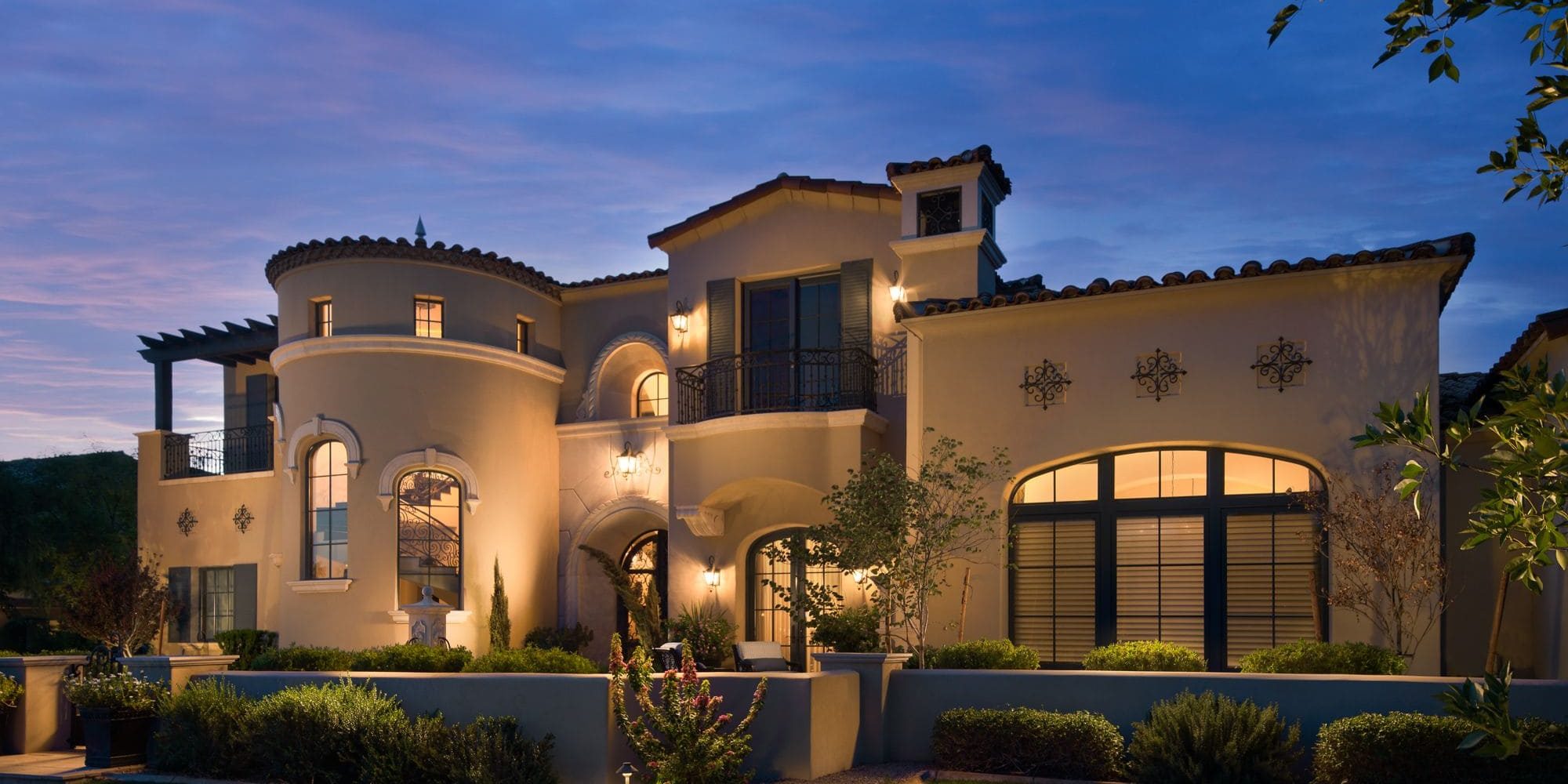
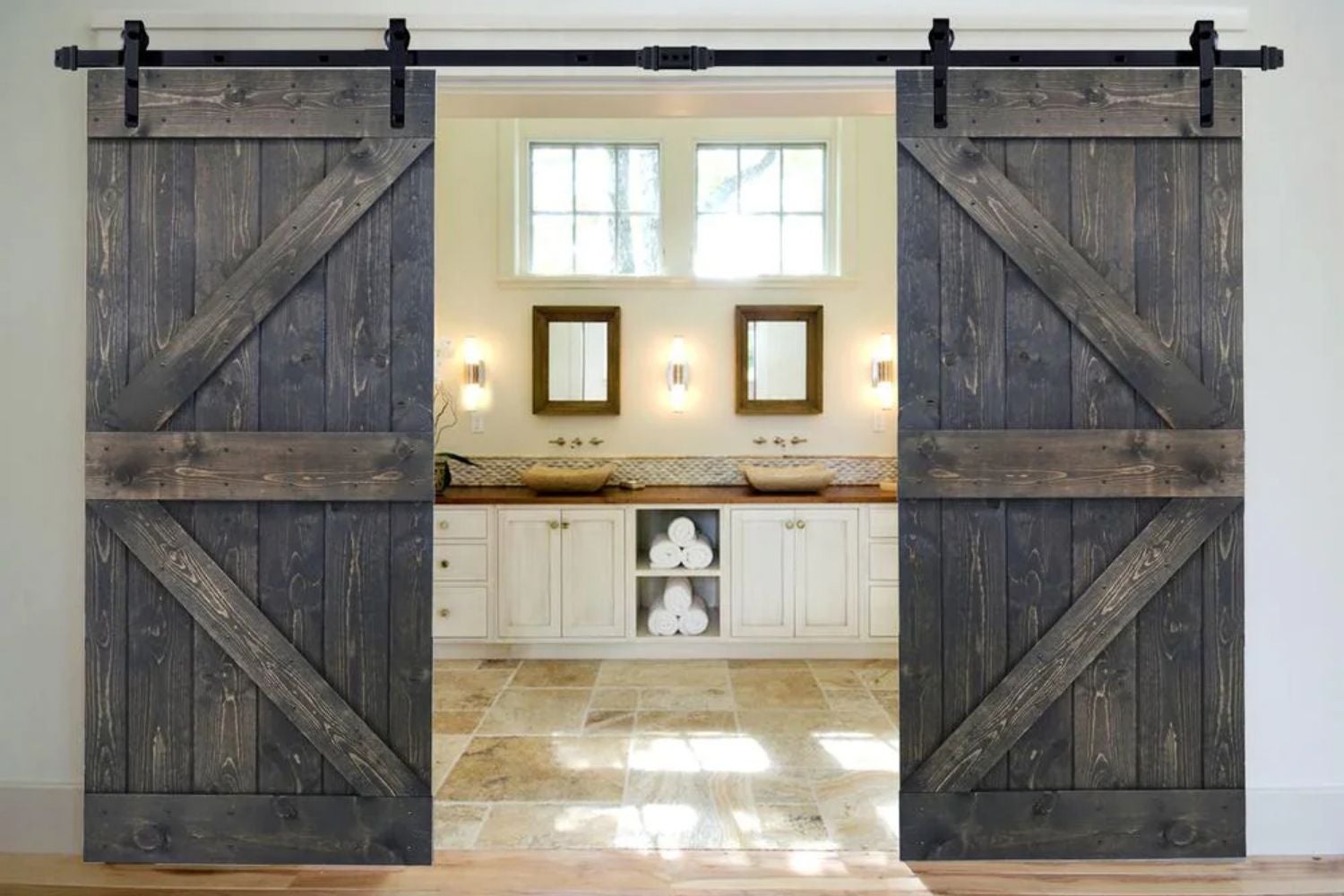
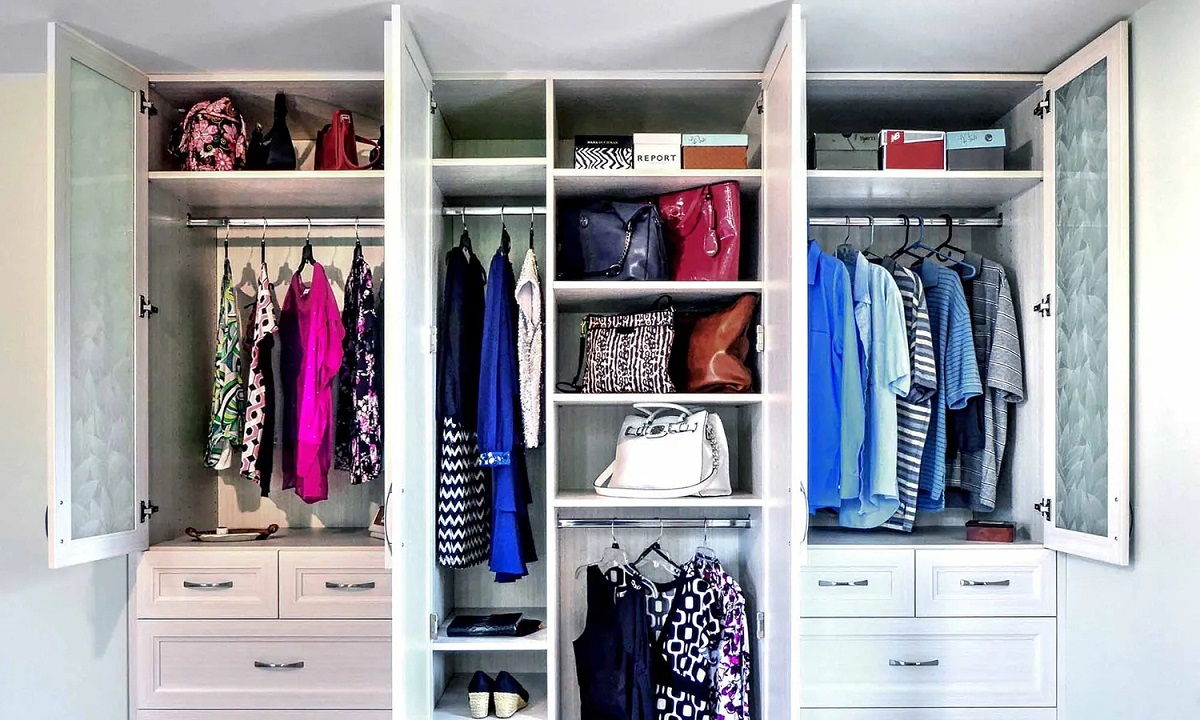

0 thoughts on “British Style: Porta Romana”